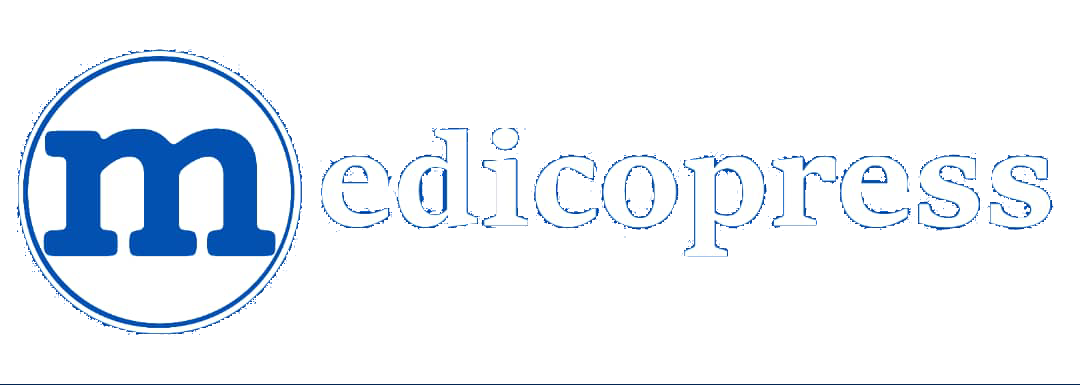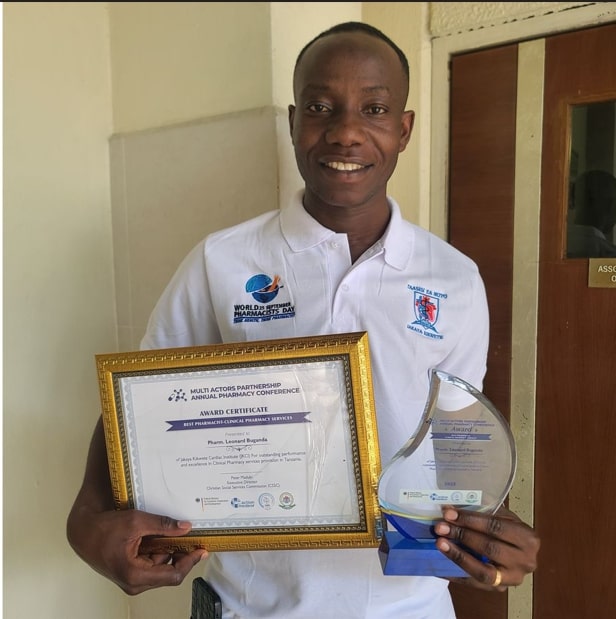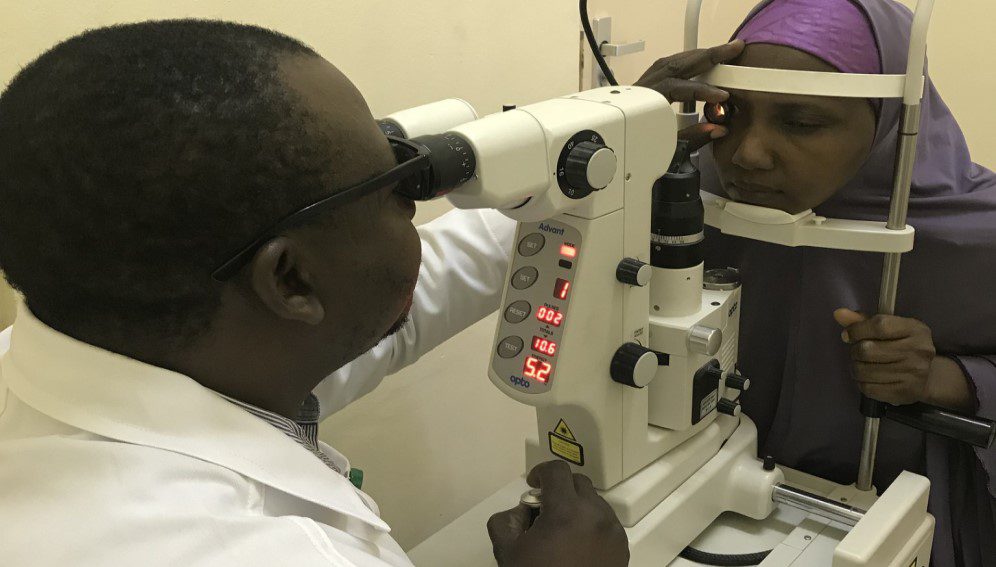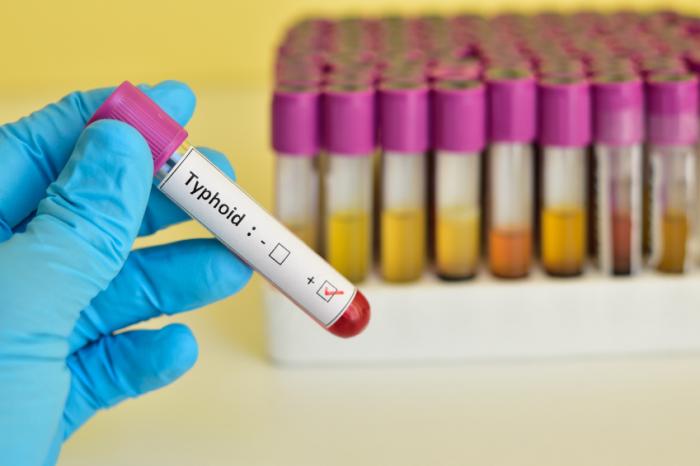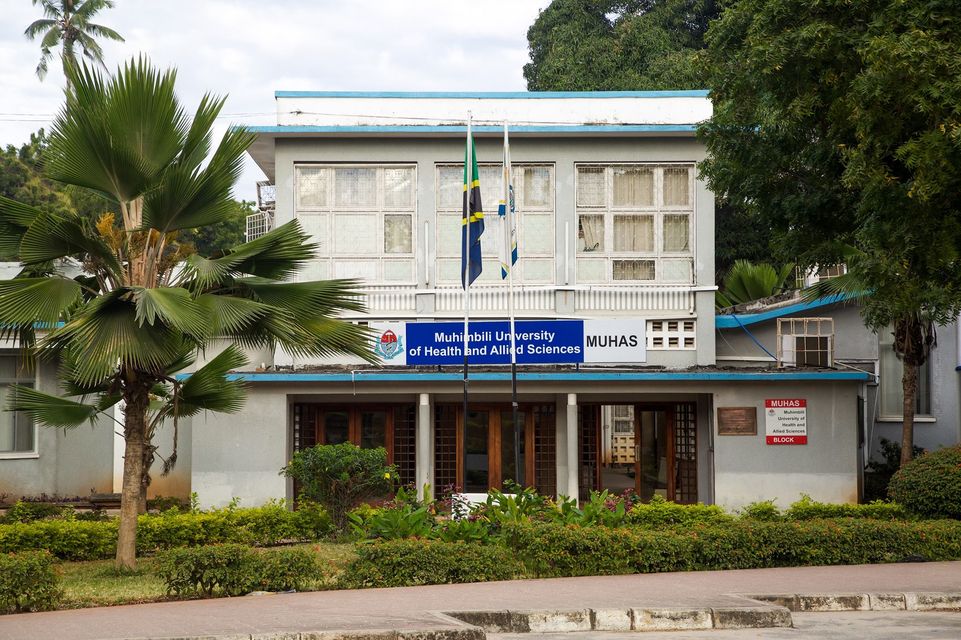In Summary
- Glaucoma affects one in every 25 people aged 40 years and above in Sub-Saharan Africa
- Laser treatment could reduce eye pressure and prevent blindness from glaucoma
- But the high level of skill required could limit its use in Africa, says an expert
Laser treatment could be affordable in low-income settings, and more effective than eye drops in managing glaucoma, an eye disease, a study has found.
The study published in the Lancet Global Health this month says that laser treatment, also known Selective Laser Trabeculoplasty (SLT), successfully reduced eye pressure for more patients in Tanzania compared with the standard treatment of timolol eye drops, currently the main treatment option in Sub-Saharan Africa. SLT involves medical treatments that use focused light.
According to the International Agency for the Prevention of Blindness, glaucoma, a condition of increased pressure within the eyeball, causing gradual loss of sight, affects at least one in every 25 people aged 40 years and above in Sub-Saharan Africa with over half of those with glaucoma unaware and only seek care late when the situation becomes worse.
“For those treated with eye drops, treatment was successful in 31 per cent of eyes after one year. For those [treated] with SLT, this rose to 61 per cent,” says Heiko Philippin, the study’s lead author and a clinical research fellow at the International Centre for Eye Health.
The study found that treatment with timolol eye drops cost about $16·32 per eye in Tanzania while that of laser treatment cost about $16·61 per eye, excluding travelling expenses, making the researchers indicate that 500 laser treatments per year could be offered at a similar price as timolol eye drops.
Glaucoma, he explains, requires life-long treatment to save a person’s sight. Currently, most people are treated with eye drops but many struggles with taking them regularly or accessing new bottles.
“These study results are exciting because they show that we can treat glaucoma more successfully with a one-off or occasionally repeated outpatient laser treatment to reduce eye pressure at least for one year compared with the most commonly used eye drops in lower income regions,” Philippin explains.
The research is the first randomised controlled trial exploring the use of SLT for patients with glaucoma in Sub-Saharan Africa, according to Philippin.
Researchers enrolled 201 eligible participants at the Kilimanjaro Christian Medical Centre in Tanzania between August 2015 and May 2017, with 100 randomly assigned to the timolol eye drop group and 101 to the SLT group, and they analysed the outcome after one year.
The results from the trial suggest that the SLT laser treatment could be used instead of timolol eye drops, or as an additional means to reduce eye pressure and prevent blindness from glaucoma, Philippin says.
But Kolawole Ogundimu, senior global technical lead at Sightsavers, tells SciDev.Net: “Laser treatment can be as effective at reducing pressure within the eye as many single medications and some combinations of treatments but it’s less effective than the strongest combined eye drop medications”
Ogundim adds that laser treatment results can wear off within a couple of years. It can be repeated but subsequent effectiveness tends to wane even faster and may require yearly laser treatments with the costs rising annually.
He says that glaucoma is the world’s leading cause of irreversible blindness, with around 6.9 million people in the world having severe vision impairment or blindness because of glaucoma.
“However, with early diagnosis, careful monitoring and regular use of treatments, further damage can be prevented, and most patients retain useful sight for life,” he tells SciDev.Net.
According to Ogundim, surgical options still seem to be the most effective long-term solution for patients with advanced glaucoma, and medication remains effective in the long run for people who can afford to maintain the
“Selective laser therapy is an established treatment option but the cost of the laser and high level of skill required to use it means it’s in the hands of limited specialists and unlikely to be widely available for use in remote areas in the immediate future,” he says.
